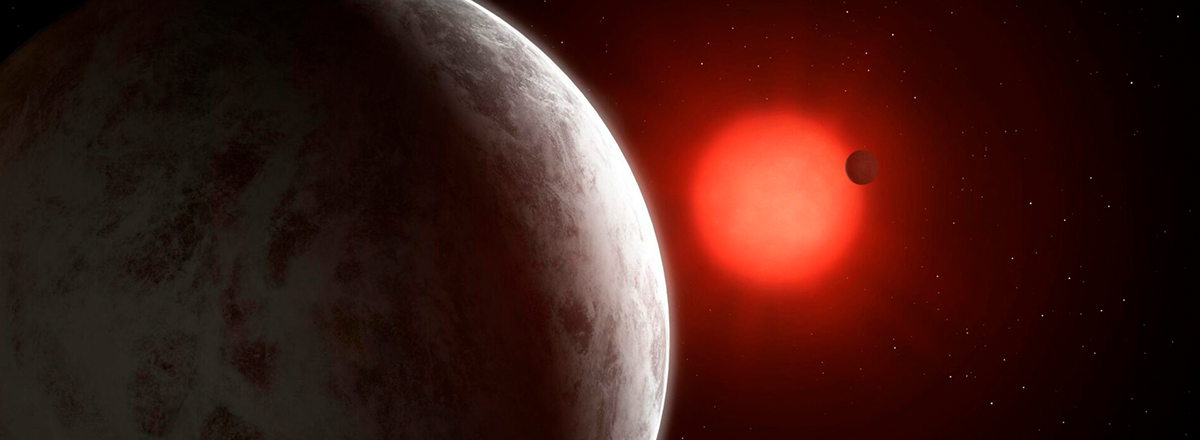Astronomers Discover Two Saturn-Mass Exoplanets
The discovery was made using the radial-velocity method within the CARMENES survey. The essence of the method is to find the characteristic "wobbles" of stars caused by the gravity of their invisible companions.

An international team of astronomers has discovered two Saturn-mass exoplanets. The two planets, designated TYC 2187-512-1 b and TZ Ari b, orbit nearby red dwarfs.
The discovery was made using the radial-velocity method within the CARMENES survey. The essence of the method is to find the characteristic "wobbles" of stars caused by the gravity of their invisible companions. It is the second most popular method of searching for exoplanets. To date, astronomers have discovered over six hundred extrasolar worlds using radial-velocity measurements.
TYC 2187-512-1 b is located 50 light-years from Earth. The mass of the planet is estimated to be 0.33 Jupiter masses. It moves in a wide orbit around its parent star, making one revolution in 692 days.
TZ Ari b is 14.5 light-years from Earth. The exoplanet's mass is 0.21 masses of Jupiter, and it makes one revolution around its parent star in 771 days.
By the way, the star's mass around which TZ Ari b orbits is only 0.15 solar masses. So far, this is only the second case where a giant planet has been found around such a small star. According to the researchers, TZ Ari b was not formed by the accretion of material onto the rocky core, but by a different mechanism – disk fragmentation.

